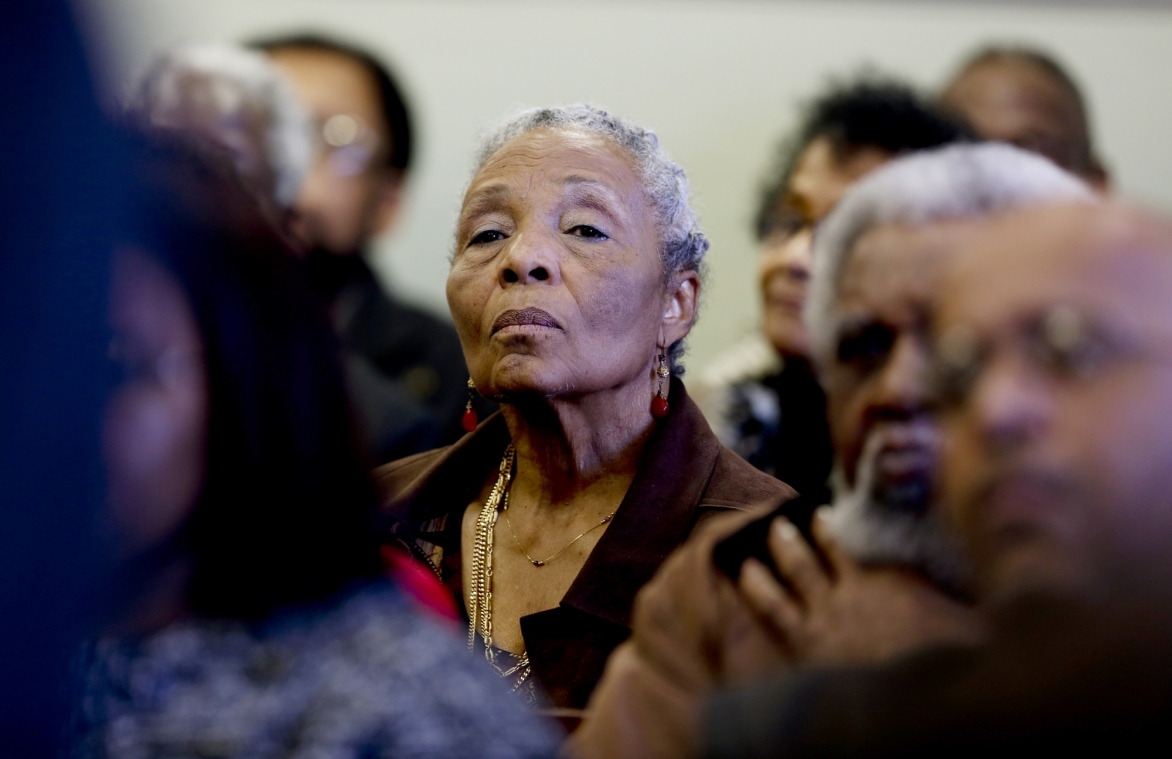A Franklin County, Virginia man who displayed a noose hanging a black, life-size mannequin on his own property violated a state law criminalizing the display of a noose on public property with an intent to intimidate others, ruled the Supreme Court of Virginia.
Jack Eugene Turner displayed the noose on his property where it could be seen by many of his African-American neighbors. Authorities charged him with violating a law, which provided:
Any person who, with the intent of intimidating any person or group of persons, displays a noose on a highway or other public place having a direct tendency to place another person in reasonable fear or apprehension of death or bodily injury is guilty of a Class 6 felony.
A trial judge convicted Turner in a bench trial. The Virginia Court of Appeals affirmed his conviction. On further appeal, the Supreme Court of Virginia also affirmed the conviction in Turner v. Commonwealth of Virginia. In its March 1, 2008 opinion, the state high court ruled that Turner could be convicted of violating the law even though he displayed the noose on his private property.
The state high court concluded that “Turner’s noose display located in his front yard and clearly visible from a public road unmistakably falls with the purview of the element proscribing a noose display located on a public place.”
The court also reasoned that this interpretation is “consistent with the general purpose and design of the statute, which is to criminalize and deter what amounts to a true threat communicated by the display of a noose.”
Turner also argued that he had an absolute First Amendment right to display the noose on his own private property. However, the state high court noted in a footnote that “Turner abandoned [the First Amendment argument] altogether at oral argument.”
Several states have laws that criminalize the display of nooses with intent to intimidate others. They are modeled after a Virginia cross-burning law that was generally upheld by the U.S. Supreme Court in Virginia v. Black (2003). The idea is that the noose has a legacy as an instrument of terror that was used to lynch people. As such, persons today often display nooses with the intent to terrorize others.

